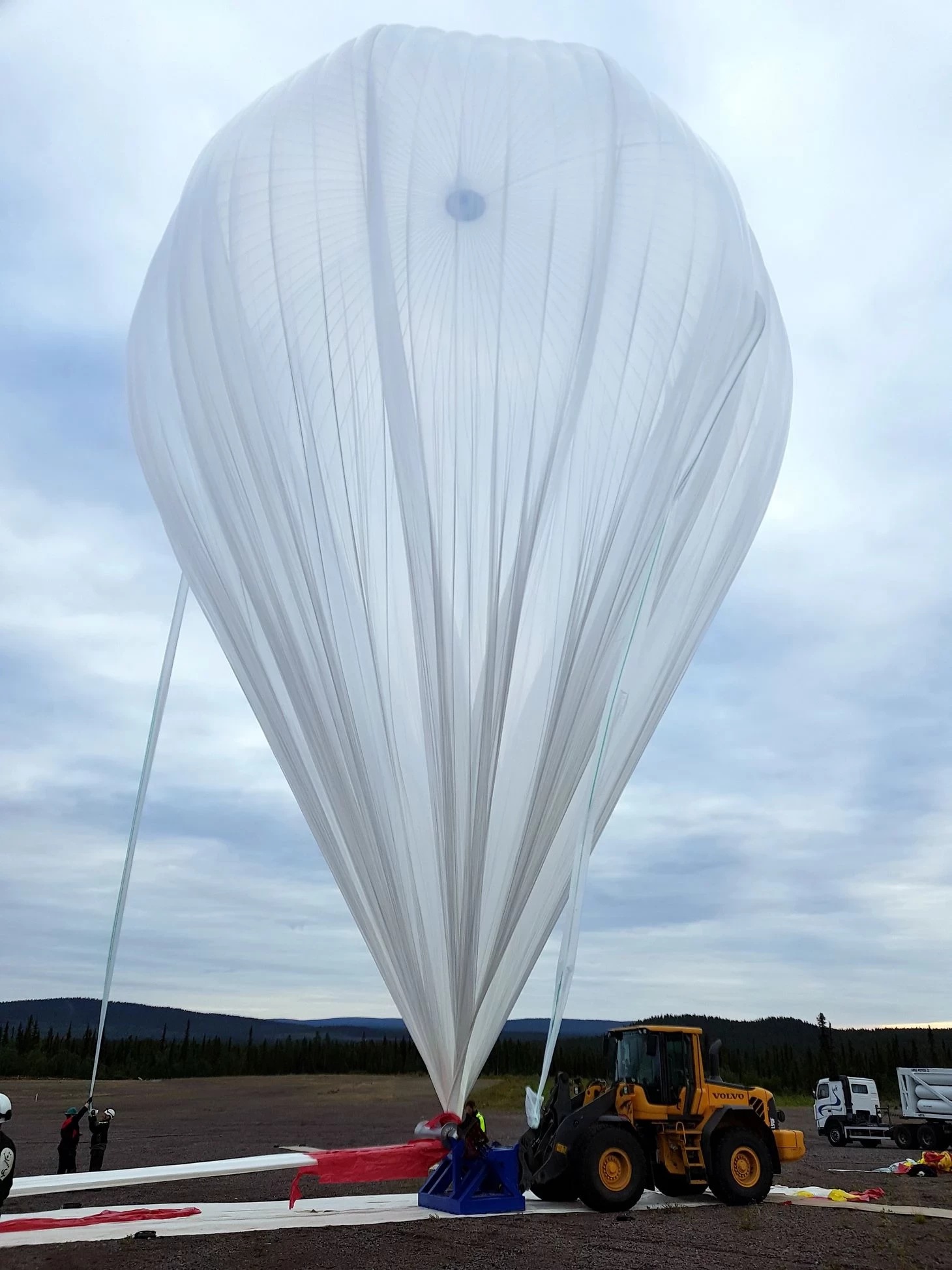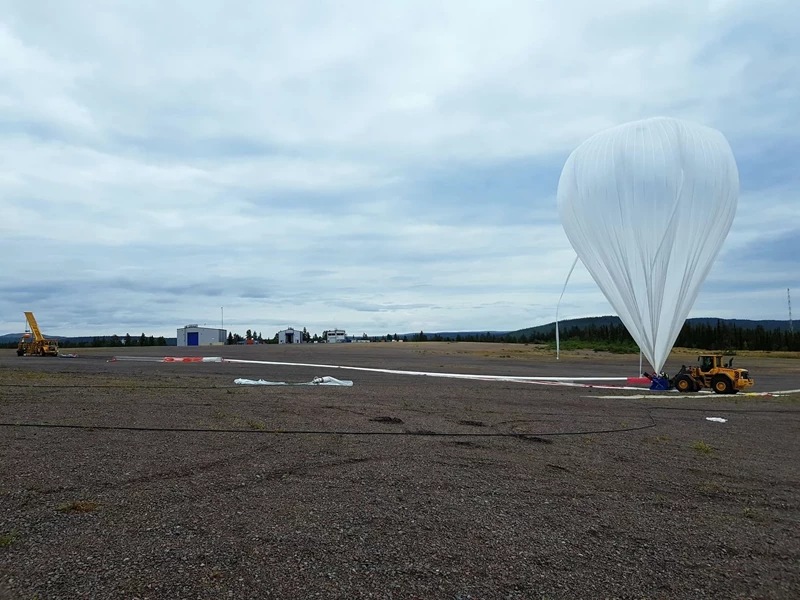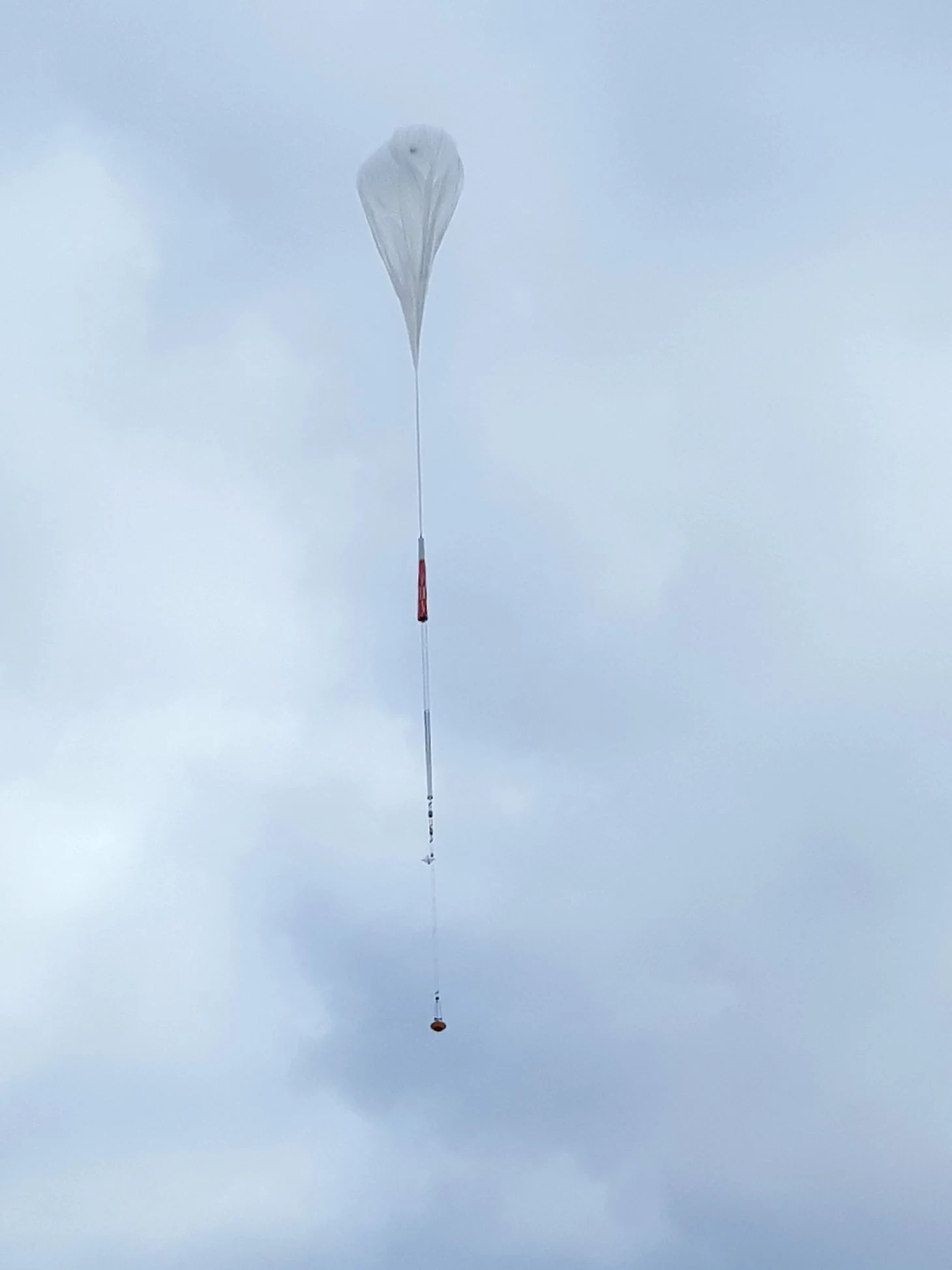Purpose of the flight and payload description
This balloon mission was part of the qualification and testing phase of the parachute system for ExoMars (Exobiology on Mars) mission, an astrobiology programme by the European Space Agency (ESA) and the Russian space agency Roscosmos. The goals of ExoMars are to search for signs of past life on Mars, investigate how the Martian water and geochemical environment varies, investigate atmospheric trace gases and their sources and by doing so demonstrate the technologies for a future Mars sample-return mission. The first part of the programme was a mission launched in 2016 that placed the Trace Gas Orbiter into Mars orbit and released the Schiaparelli EDM lander. The orbiter is operational but the lander crashed on the planet's surface.
The second part of the programme was planned to launch in July 2020, when the Kazachok lander would have delivered the Rosalind Franklin rover on the surface, supporting a science mission that was expected to last into 2022 or beyond. The descent module requires two main parachutes -each with its own pilot chute for extraction- to help slow it down as it plunges through the martian atmosphere. The 15 meters-wide first stage main parachute will open while the descent module is still travelling at supersonic speeds, and the 35 meters-wide second stage main parachute is deployed once at subsonic speeds. Following separation of the parachutes, the speed must be suitable for the braking engines to safely deliver the landing platform and the rover onto the surface of Mars.
To test the performance of the parachutes before the flight, the UK-based company Vorticity Systems was selected as technical consultant under contract with Thales Alenia Space. A special capsule was built by the firm to perform the drop tests of the parachutes, first from low altitude using an helicopter and then from high altitude using a stratospheric balloon. These missions allowed to test the parachutes and deployment sequence with the same gravitational acceleration and atmospheric density as they will experience on Mars.
Details of the balloon flight
Balloon launched on: 8/15/2018
Launch site: European Space Range, Kiruna, Sweden
Balloon launched by: Swedish Space Corporation (SSC)
Balloon manufacturer/size/composition: Zero Pressure Balloon
End of flight (L for landing time, W for last contact, otherwise termination time): 8/15/2018
This balloon mission was performed in the frame of the ESA ExoMars project to test the parachute system to be used to slow-down the martian probe. The so called HADT (High Altitude Drop Test) was meant to complete the testing phase following the successful test performed with the second stage parachute at low altitude on 2 March 2018. This was the first attempt to test the complete parachute system of the ExoMars Descent Module, comprising the two main parachutes (diameters of respectively 15m and 35m) and their deployment systems.
After a waiting period caused by adverse meteorological conditions at Kiruna, the balloon was finally launched early on 15 August 2018 by the Swedish Space Corporation and reached flawlessly the drop position at an altitude of 30 km. At this point, the ground controllers sent the command to separate the ExoMars test vehicle from the balloon in order to start its free-fall and test the parachute system.
At the moment of the release, the separation command was not successfully executed by the ExoMars test vehicle and the test was aborted. The balloon mission was terminated and both the test vehicle and the parachute system were quickly recovered in good condition. All onboard measurements could be retrieved and their analysis showed that the anomaly was not located in the parachute system, but in the ExoMars test vehicle electronic systems.
The test vehicle was shipped back to ESA for further analysis while waiting for another launch apportunity to perform the test.
External references
- ExoMars balloon-based drop test performed SSC press release
14645If you consider this website interesting or useful, you can help me to keep it up and running with a small donation to cover the operational costs. Just the equivalent of the price of a cup of coffee helps a lot.




